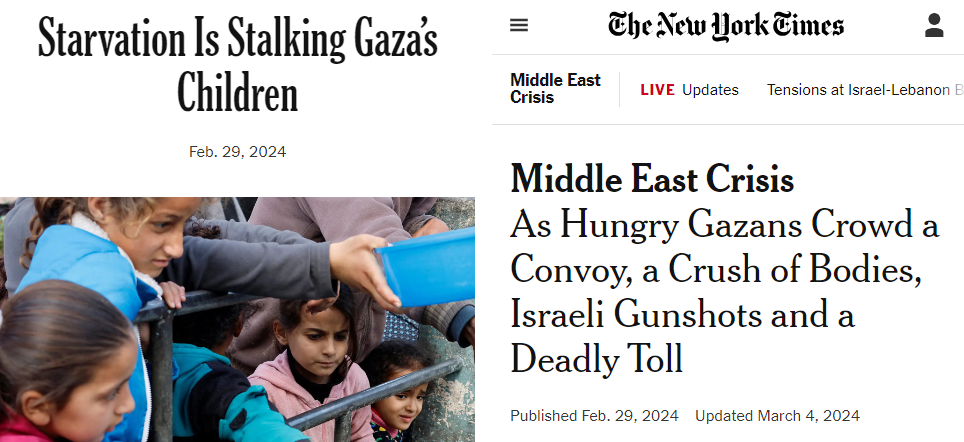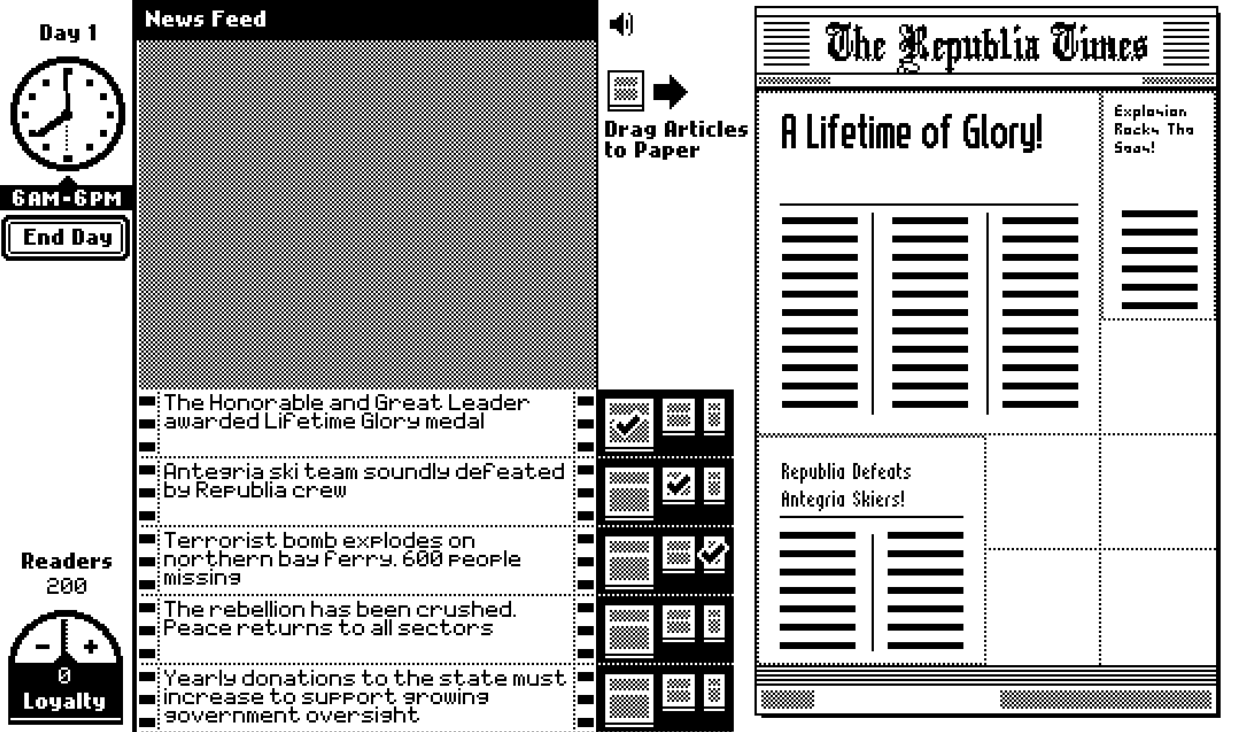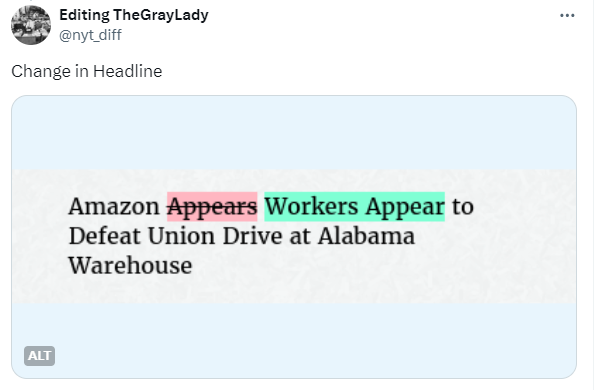The New York Times Simulator is out now, free to play from any browser. It works decently on mobile too.
It’s a meta news game about how corporate media manufacture consent for genocide, minimize police misconduct, and serve the ruling class.
The content of the game is literally “ripped from the headlines” in that it uses mostly real headlines (and even actual edits) from the NYT, the Wall Street Journal, and other “liberal” mainstream media. I originally wanted to make parody headlines but I just couldn’t come up with anything more shameless and contrived than what’s already out there.

The indie connoisseurs will immediately recognize the similarities with Lucas Pope’s The Republia Times. The NYT Simulator is basically a modern remake that replaces totalitarian censorship with the “propaganda model” of Western corporate media, as described by Chomsky and Herman in Manufacturing Consent.

Instead of a turn-based narrative puzzle, you have a real-time gameplay more reflective of online publishing in the 24 hour news cycle. Instead of one power to propagandize, you have three interest groups you are trying to not piss off. Like in The Republia Times, Reigns, and the Democratic Socialism Simulator, the effects of your actions aren’t explicit. The variables affecting the approval are hidden, so you have to make educated guesses – meaning you have to interpret the headlines in relation to the interests of the police, Israel, and the capitalist class.

Whether you play the game “cynically” or try to do your best without getting fired, I’m hoping The New York Times Simulator can train players to quickly identify common spinning and framing techniques like the infamous passive voice (children “found dead” in Gaza), weasel words, or biased euphemisms (“officer-involved shooting”).

Headlines are important. Notoriously most people only read the headlines, and things only got worse with social media becoming the primary way to get news. It turns out that even when the full article is read, the headline dramatically condition how the information is interpreted and retained.
If you want to know if a headline in the game is real or made up, or what was the reasoning behind its inclusion, you can check out the links next to each news item in the game data.
Public game data
I managed to put together this spreadsheet very quickly thanks to media watchdogs like FAIR.org, and NYT diffs, (which tracks post-publication edits of major outlets). I’m also thankful to the thousands of individuals holding media into account every day on social media.
Of course, the danger of relying on mainstream Western media is to reproduce the same omissions. For example The New York Times has devoted almost zero coverage to Palestine Action which accomplished newsworthy results including the permanent shutdown of entire weapon factories. You also won’t hear more graphic details like the story of the Palestinian child carrying the body of his 5 year old brother in a blood-soaked backpack.
As I final note, I realize how the media’s role in cheerleading a genocide may not be the most urgent aspect of the conflict, but it’s the only the aspect I felt I could turn into a game. It’s hard to do satire and moral role-play in the face of unspeakable horrors. I hope a ceasefire will make this game dated very soon, but until then, I’ll try to update the news database to keep the game timely.
